Time to Get to Work
It’s very easy to stay stationery, especially at the work place. While we all have our routines, it’s important to incorporate new activities to reinforce health habits. May is National Physical Fitness and Sports Month where the goal is to spread awareness about the benefits of getting and staying active, while creating opportunities for everyone to partake in more activities.
These physical activities aren’t limited to the outdoors. Long periods of inactivity (for example in office job settings) can lead to increased risks of diabetes, heart disease, and some types of cancer, per Live Better. Therefore, it’s important to find time to be active, even in the workplace, and there’s more than a few ways to get started.
- Walk or ride part of your way to work
- If possible, you can take the train and walk to work, or park further away from work and walk the rest of the way.
- Have standing or walking meetings
- Standing meetings can not only keep you active, but helps in increasing efficiency.
- Wear comfortable clothes and shoes
- More comfortable attire aids in your likelihood to be more active at work, like taking the stairs instead of the elevator.
- Pack exercise clothes
- If you’re unable to make it out the house due to a busy schedule, bring a change of clothes to work. Before heading home, change into your exercise clothes and make a quick stop at a park or gym and get some minutes of exercise going.
- Track your steps
- Having smart devices like a Fitbit or other smart watches can give you that extra boost of incentive to take more steps and reach the recommended 10,000 count per day.
- Walk instead of calling/emailing
- Take every opportunity to leave your desk. When communicating with a colleague across the room, take the time to get away from your desk and walk over to have your interaction.
- Move during Lunch Break
- Small segments of exercise over the course of a day can be very beneficial than a single session of activity. Simply 10-15 minutes can be very beneficial physically and mentally.
- Stretch
- Sitting all day can develop into pain in the body, specifically in the neck and back. Taking the time to stretch at your workspace every 30 minutes can help you feel more energized.
As you see there many more ways to exercise during work than are excuses not to. It’s important to find the time throughout the day stay active to stay healthy and lower the risks of developing other diseases. For more tips on how to stay active and healthy, visit your doctor and develop the best health plan for you.

